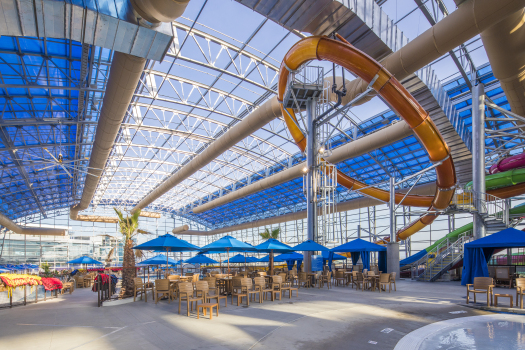David J. Sangree, MAI, CPA, ISHC and John Kelley, CHIA attended the Hunter Hotel Investment Conference in Atlanta, Georgia last week. The conference attracted a record turnout with over 1,500 attendees. The following are some key takeaways from the conference that John and David wanted to share:
- Marriott is categorizing the 30 brands they now manage due to their acquisition of Starwood last year into eight “swim lanes”. Each lane includes similar brand types. The company is working carefully to develop appropriate amenities and services at each brand that appeals to a defined customer segmentation. For example, Marriott, Sheraton, and Delta will all be in the same swim lane appealing to travelers seeking reliability, but each of these brands will target customers with different price points. Another swim lane includes Luxury Collection, Autograph, and Tribute brands, which appeal to travelers seeking individuality.
- The overall occupancy rate for the United States is projected to decline slightly due to supply increases outweighing projected demand growth. Forward-looking data presented by Travelclick is down 1.2% over the same time last year. However, RevPAR is projected to grow for at least two more years due to ADR growth. RevPAR has been growing for 84 months. Travelclick also presented data indicating that OTAs captured 20% of transient demand in the past year.
- The sales of hotel properties were down by 50% in 2016 compared to 2015, but brokers project that the number of sales in 2017 will be similar to 2016.
- In 2016, 61% of owners attending the conference said they would build a new hotel that year compared to 60% stating the same in 2017. Optimism among conference attendees, including owners, brokers, and brands, was upbeat due to an increase in consumer confidence, the Federal Reserve taking a positive outlook on economic activity, and optimism of a pro-business presidency. However, several executives cautioned there is still uncertainty in the markets and future immigration, energy, military, and healthcare policies could affect hotel performance in various regions of the country differently, particularly those that rely on overseas visitors.
- A number of lenders presented information concerning current requirements for hotel loans. Lenders indicated that capitalization rates have increased slightly due to higher interest rates pushing up the debt component of the capitalization rate. Loan-to-value rates ranged from 60% to 75% for for the various lenders. The lenders indicated they were being more cautionary about new supply, particularly in high-growth markets like New York City.
- Developers noted construction costs are rising across the country primarily due to shortage of labor. A panel of developers and architects stated development costs for a soft brand like Curio by Hilton, Unbound by Hyatt, or Autograph by Marriott can be up to 30% higher than traditional brands since these types of hotels have less guidance and structure from a design viewpoint. Ascertaining an above-market ADR and/or securing historical grants or tax credits is critical to justifying development of such soft branded properties.


